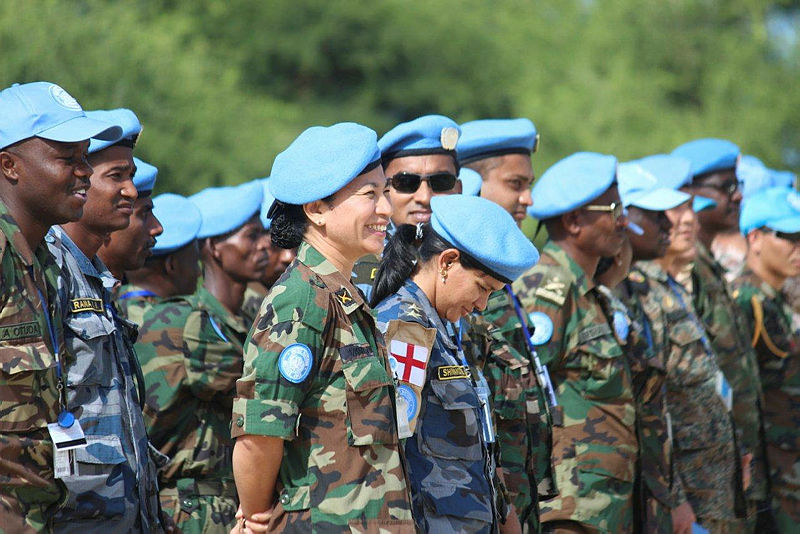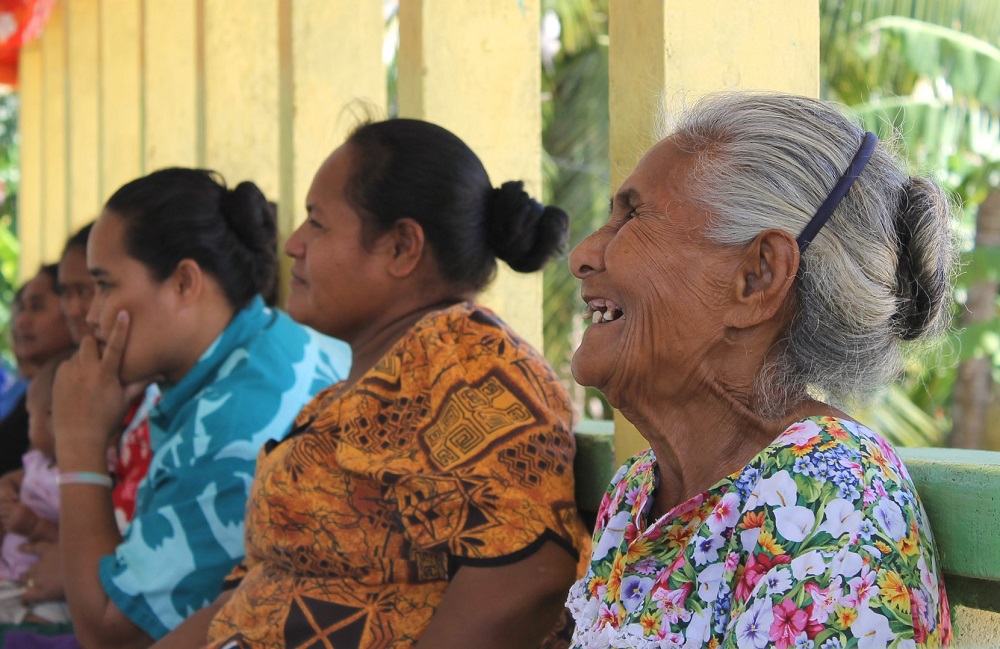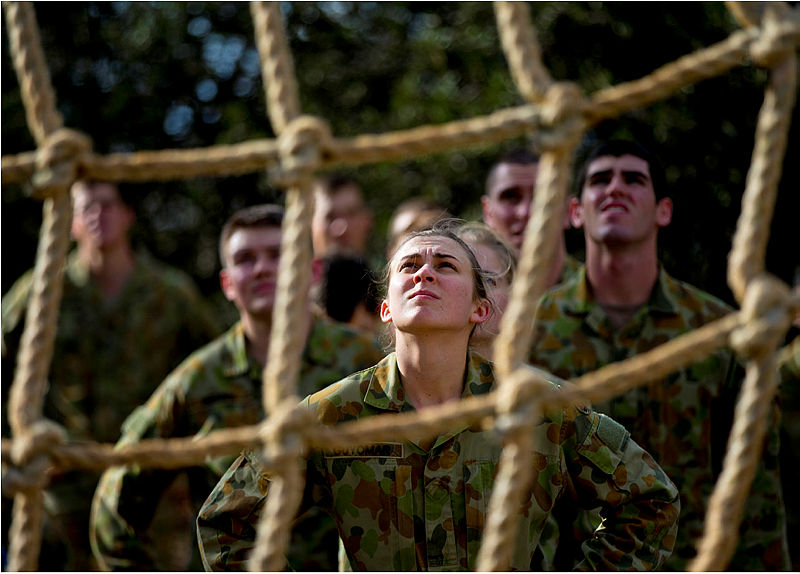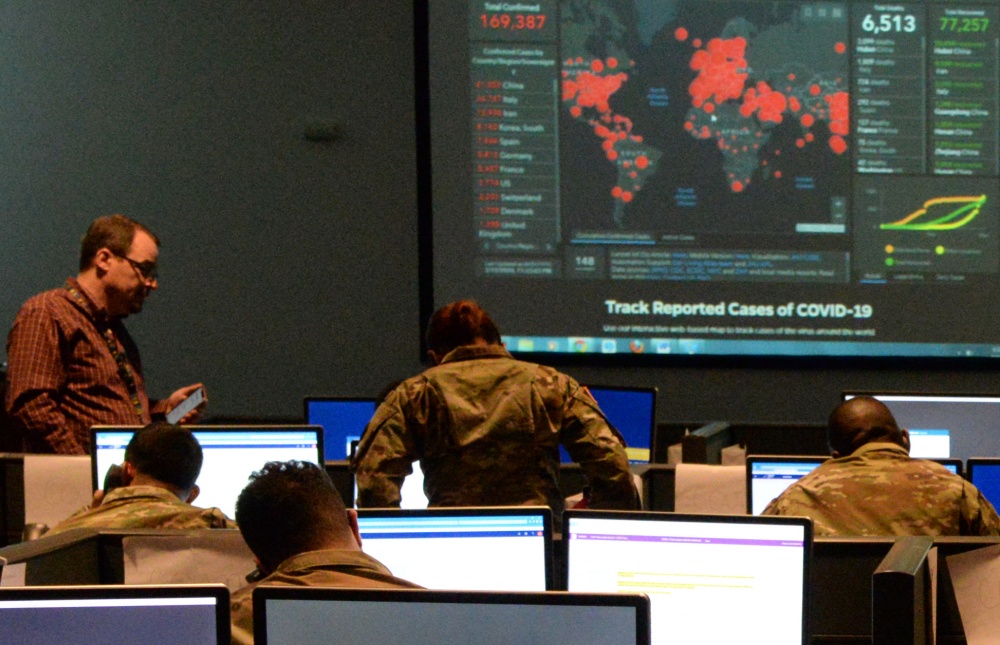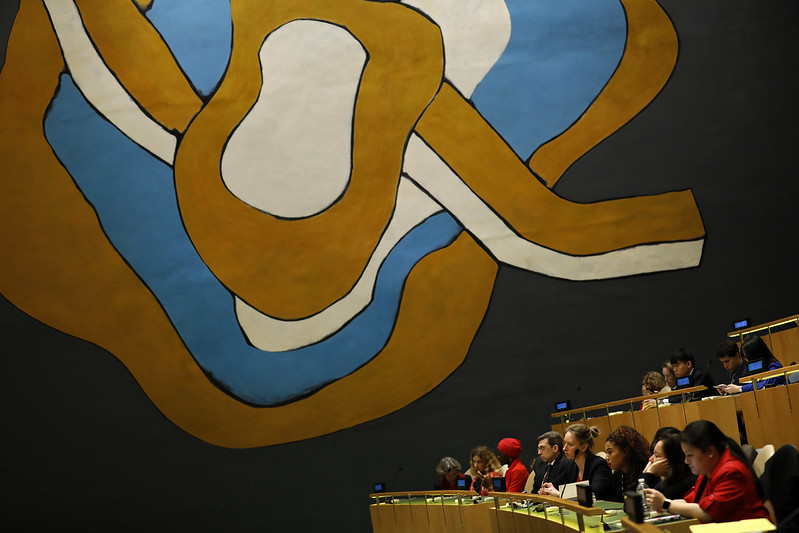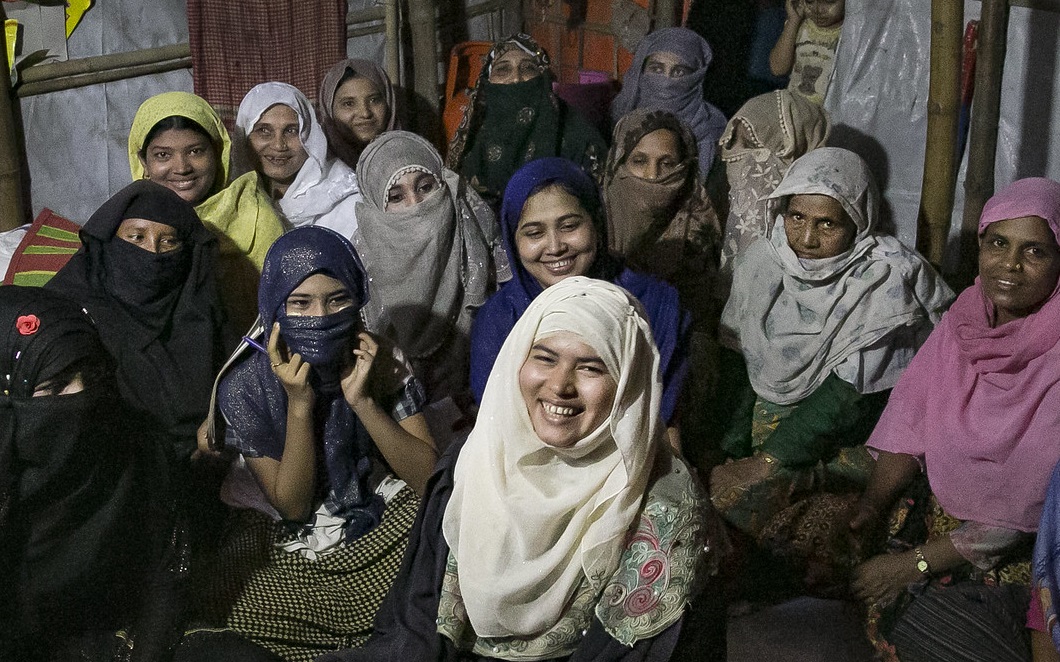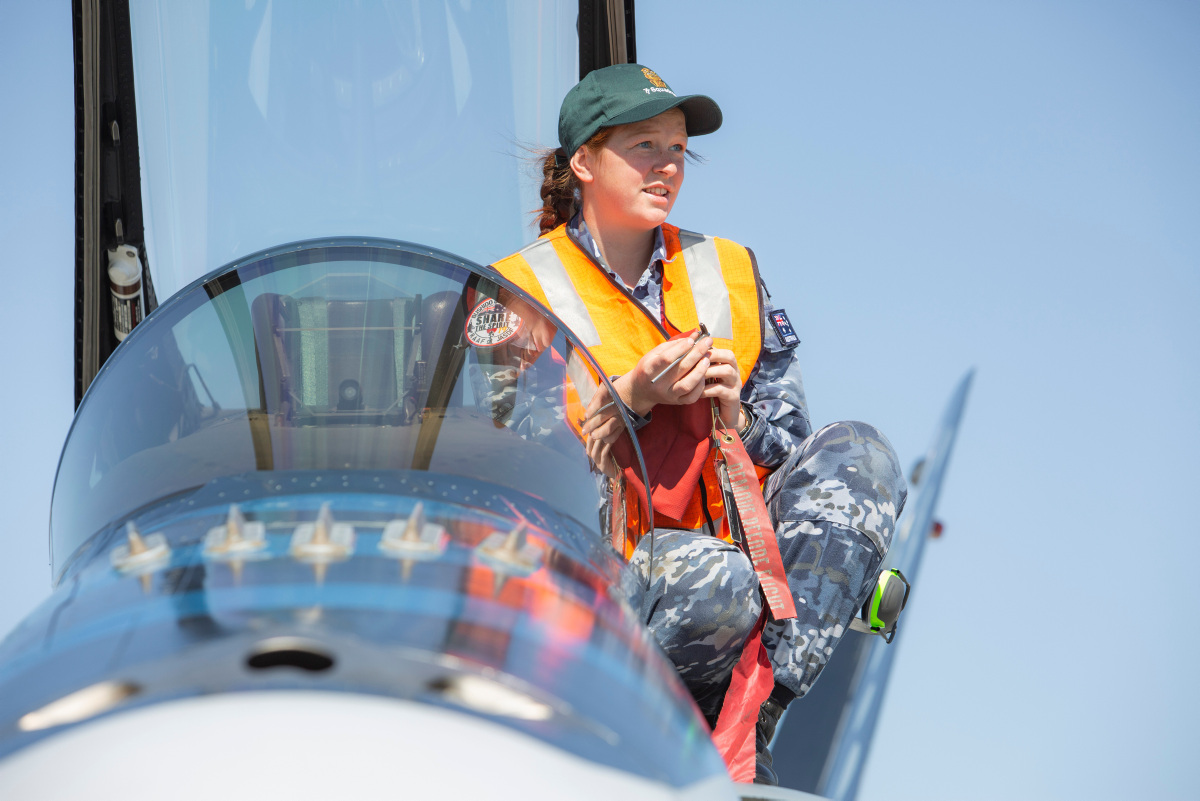Impediments to implementing the women, peace and security agenda
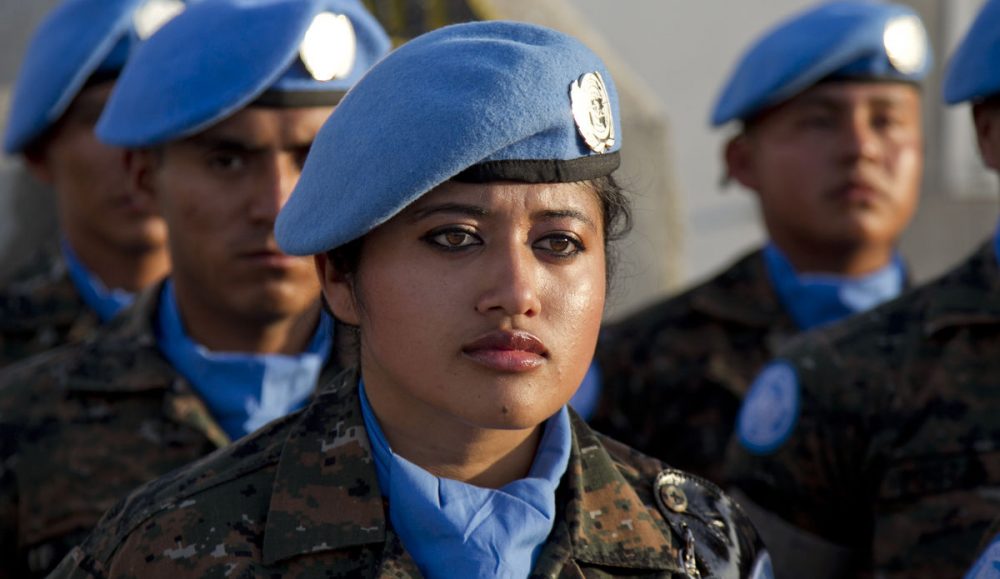
This article is part of ASPI’s 2020 series on women, peace and security.
The unanimous adoption of resolution 1325 by the United Nations Security Council two decades ago constituted a landmark achievement for gender equality and triggered the passing of 10 other resolutions on gender-sensitivity and gender-awareness in peace and security operations. It has led to the creation of 83 national action plans for implementing the WPS agenda, though this constitutes only 43% of UN member states.
While victims of conflict continue to be overwhelmingly female, women’s agency is frequently neither recognised nor harnessed. In the year of the 20th anniversary of resolution 1325, it’s clear that action plans have been only partially implemented and progress remains slow if not stagnant. So, what are the factors inhibiting the full implementation of resolution 1325 and how can they be overcome?
A workshop hosted in December by the chair of UN studies in peace and justice at Leiden University, titled ‘Where are the women after resolution 1325?’, focused on the challenges to implementing the WPS agenda and found they arise in a variety of contexts.
Six key areas were identified for further research to understand the impediments to the WPS agenda and how they can be interrupted or eradicated: a lack of prioritisation at senior levels in the UN; limitations on the capacity of UN agencies to promote the agenda; deficiencies and imbalances in gender training within national security institutions; the need to develop a gender focus on global initiatives such as the responsibility to protect (R2P) and the protection of civilians; limited vertical implementation between local and international levels; and the need to understand the impediments to the integration of WPS in wider human security issues.
Within the UN itself, integration of the WPS agenda into the policies and documents generated by bodies such as the Security Council, the General Assembly and the Fifth Committee, for example, is hampered by the prioritisation of national agendas, budgetary concerns and lack of support for the agenda by some key states. This can result in gender considerations being relegated to the sidelines or taken off the agenda on peace and security resolutions.
And while gender advisers or specialists are present across UN agencies, they are often competing for the same money and level of exposure, which can inhibit larger shared initiatives. UN Women does not receive core financing from the UN, reducing its capacity for sustained long-term projects and ensuring its priority-setting is hampered by the need to meet the specific demands of funding bodies.
One of the most prominent criticisms has been that states invest millions in producing national action plans and then fail to act on them. Challenges to the WPS agenda can be located in national security structures in states with well-developed action plans. To ensure female participation in peace operations, it’s important to identify and address the obstacles facing women’s agency within national militaries. Increased research into how training programs should be developed to ensure military men do their part to implement resolution 1325 is crucial to avoid placing the responsibility to do this solely onto women.
Within peacekeeping, the protection of civilians requires a gender lens not only to take account of women’s specific needs, but also to find ways to involve women as agents of change and not just victims. Discussions have recommended a broader conception of the protection of civilians agenda and highlighted the need to find key integration points for both it and the WPS agenda on issues such as climate change, sexual and gender-based violence, and sexual and reproductive health.
Similarly, R2P was conceived of as a project that didn’t explicitly take account of gender despite the fact that widespread and systematic sexual and gender-based violence falls under two of the crimes listed in the R2P principle. Current work includes a call to view women as agents in the prevention and early warning of atrocities, and develop gender-sensitive indicators.
Beyond the UN itself are vertical dimensions that require further evaluation—for example, why we see the clustering of women in civil-society movements and the absence of senior women in peace processes.
The external and horizontal dimensions of implementing resolution 1325 also require attention. There’s a need for greater understanding of how its implementation interacts with the wider scope of the WPS agenda in areas such as migration, global health, organised crime and the environment. Research reveals a frightening nexus between insecurity, environmental destruction and organised crime which disproportionately affects women. The need for gender considerations in protecting indigenous rights and knowledge is another important and emerging research agenda, particularly in light of the need for action on climate change.
Resolution 1325 and related resolutions are a good start, but their implementation requires a great deal more energy and effort. The research agenda I’ve outlined provides indications of the myriad ways in which the WPS agenda can be examined that will offer opportunities to increase our understanding of how and where it is being stymied. Increased funding for research into the issues highlighted here is required to bolster advocacy and action at the local, national and international levels and generate fresh momentum for the WPS agenda.

